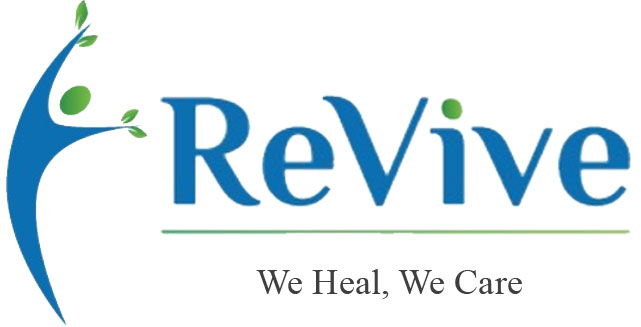+918042781392

This is your website preview.
Currently it only shows your basic business info. Start adding relevant business details such as description, images and products or services to gain your customers attention by using Boost 360 android app / iOS App / web portal.
Description
Scar reduction treatments aim to minimize the appearance of scars, making them less noticeable and helping them blend in with the surrounding skin. Scars can result from injuries, surgeries, acne, or other skin conditions. The treatment approach depends on the type, size, and age of the scar, as well as skin type and individual healing processes. Types of Scars Hypertrophic Scars: Raised scars that remain within the boundaries of the original injury. Keloid Scars: Thick, raised scars that extend beyond the original injury area. They are more common in darker skin tones. Atrophic Scars: Indented or sunken scars, often from acne or chickenpox, where tissue loss occurs. Contracture Scars: Caused by burns, these scars tighten the skin and may restrict movement. Scar Reduction Treatments Topical Treatments Silicone Gel or Sheets: Silicone helps flatten raised scars, improve color, and reduce itching. Silicone sheets are often worn over scars daily for several weeks to months. Scar Creams: Creams with ingredients like onion extract, Vitamin E, and peptides may help with early-stage scars, although they are less effective on older or raised scars. Corticosteroid Creams: These are sometimes used for hypertrophic or keloid scars to reduce inflammation and flatten the scar tissue. Injections Corticosteroid Injections: Effective for hypertrophic and keloid scars, these injections reduce inflammation, flatten the scar, and prevent further growth. Multiple sessions may be needed. Collagen or Hyaluronic Acid Fillers: Temporary fillers can be injected into atrophic scars to lift them and smooth out the skin, but they require periodic maintenance. 5-Fluorouracil (5-FU) Injections: Often combined with corticosteroids, 5-FU is used to treat stubborn keloid scars, softening and flattening them over time. Microneedling Microneedling uses tiny needles to create micro-injuries in the skin, promoting collagen production and skin remodeling. It’s particularly effective for atrophic scars from acne or injuries, gradually improving texture and reducing scar depth with multiple sessions. Microneedling with PRP: Platelet-rich plasma (PRP) is applied during microneedling to accelerate healing and enhance collagen production, offering more noticeable improvements. Laser Treatments Fractional CO₂ Laser: This ablative laser resurfaces the skin by creating controlled injuries, which stimulate collagen production and improve texture and tone. It’s effective for deep scars but involves downtime. Erbium Laser: Targets the skin’s surface layers, making it ideal for milder scars. It has a shorter recovery time compared to CO₂ lasers. Pulsed Dye Laser (PDL): Reduces redness and pigmentation in scars, especially in hypertrophic and keloid scars. It’s also useful for reducing vascular scars. Non-Ablative Lasers (e.g., Fraxel): Target deeper skin layers without damaging the surface, reducing downtime. They improve texture and tone over time and are good for mild to moderate scars.

 +918042781392
+918042781392